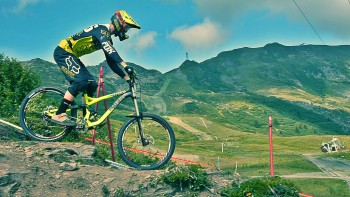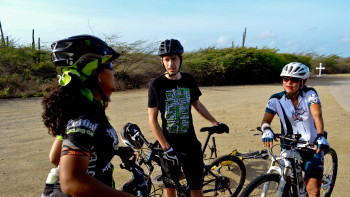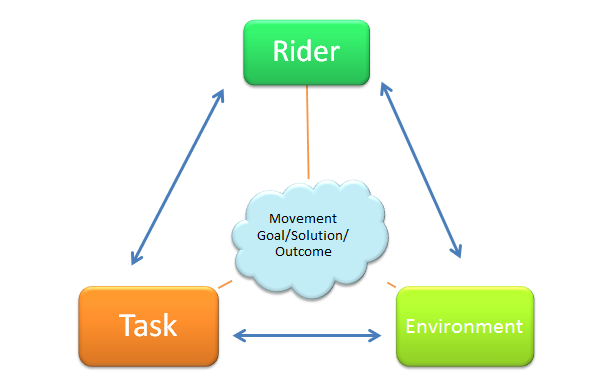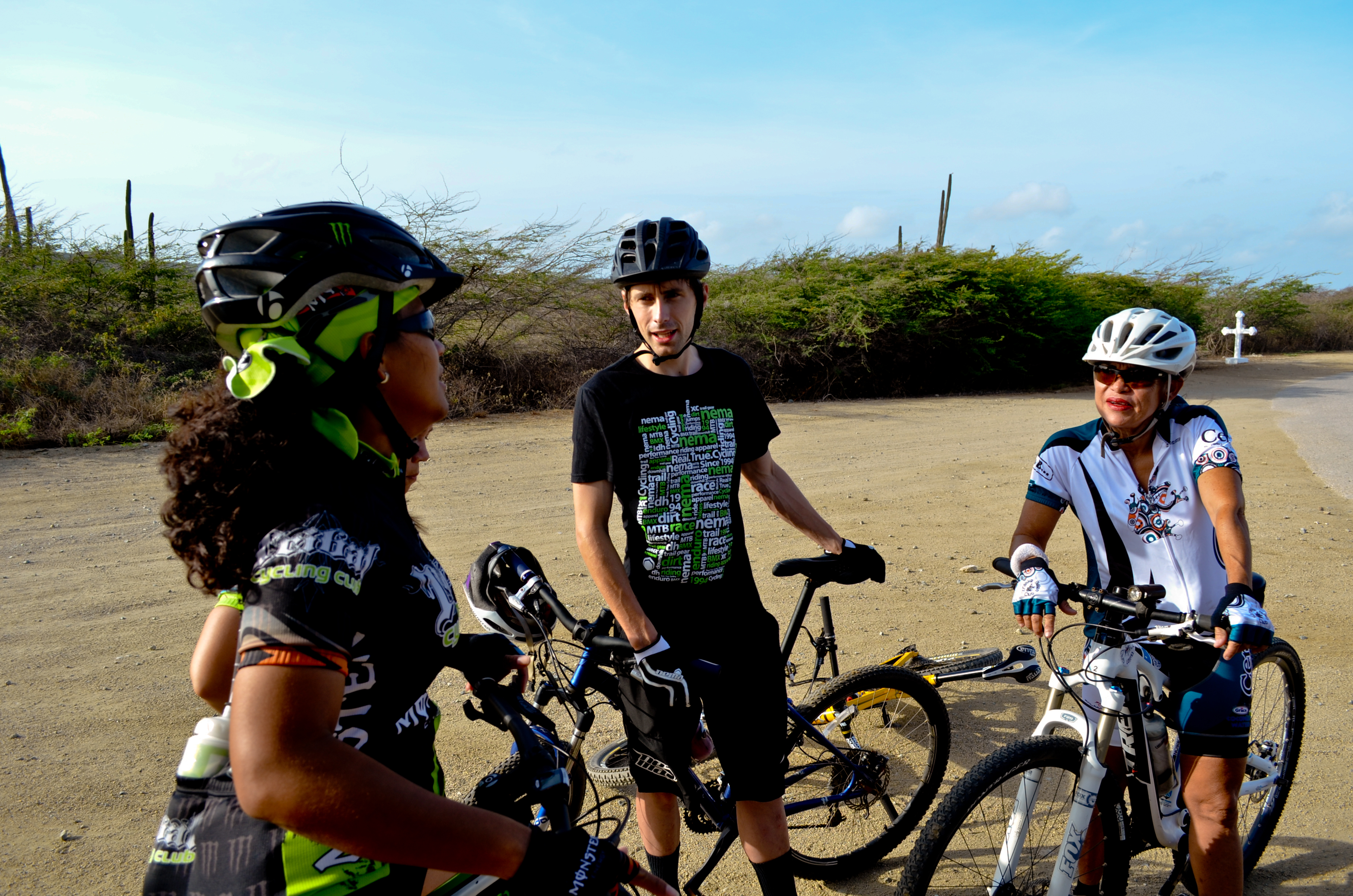Very few mountain-bikers will reach “excellence”; defining excellence alone is neigh on impossible. More importantly very few riders desire world class performance, they desire feelings of self actualisation, belonging and achievement. Competency is the word. Competency of technique application… i.e skills!
Following on from the Skill Acquisition 2.0 blog; this one is short and sweet. The Car-park…the place one may go to “drill” skills, doing skills drills. As that is what many a coach, internet guru or other expert claims to be the key part of the learning process. You see similar attempts in team sports; cones, bags, lights and lightning foot-work.


The issue lies in that as we’ve chatted about before, car-parks are not where we ride, no-one has the same kind of fun and experiences of awesomeness in a car-park as you get in the forest, mountains and trails! So while I could waffle on, again, about how the car-park drill serves little purpose as it is not the task environment and as soon as we remove the characteristic constraints of the environment we are then engaging in part practice and basically pissing into the wind, I’m gonna curve ball it as our USA friends would say.
Complex vs. Complicated
A core idea behind the rationale of less car-park more bike-park! Mountain-biking of any kind is complex, not complicated. Complicated is getting an internal combustion engine to work flawlessly for years on end. It takes, planning, design, mathematics, exact step-wise construction etc… Shredding your bike down a mountain side takes skill developed over practice in the environment. Those skills never develop in the same way for two people on the same time course, with the same challenges emerging and being dealt with. Contrast that with the Volkswagen production line…every single diesel engine follows the same exact timeline of construction.
Mountain biking is complex not complicated #PAcoupling
— Chris Kilmurray (@Point1_Athletic) February 15, 2016
So full circle, how does the distinction between complex and complicated relate to your car-park!? Getting better at applying technique in MTB is best done in the task environment…why? Because not only can you get better at the core skill in question but the complexity of the environment will always lead to expaptations…meaning that while outcome 1 was get better at off cambers, you will invariable through natural process of self organisation get better at or discover other solutions to numerous other movement problems on the hill!
To clarify with an example. Imagine a Long left side off-camber with a right hand corner on exit, numerous tree roots, variable soil type and a long bumpy entry before the off-camber versus a car-park drill with a long plank of wood or MDF propped up against a curb or wall. looking to “mimic” a left side off-camber.
Both may lead the learner to discover the necessary lateral weight shift, posture, speed control and braking to successful enter, roll on and exit the off camber. But only one environment will lead the learner to discover or organise better posture in rough terrain, adequate perceptive skills for organising posture during one skill to prep for the next required technique…only one scenario will allow the learner to discover the effect tire pressure or direction of travel has on bike and body when encountering roots and rocks etc…
The car-park scenario assumes complicated movement solutions to a problem. The mountain allows complex solutions to movement problems to emerge, solidify and exapt other positive learning experiences.
The King of the Pits is impressive but seldom King of the Hill!

I’ll expand on this more soon as we’ve not even covered the possible and plausible idea of “negative transfer” that may occur in exaggerated part practice. Nor have we covered the issue of the “car-park” removing so many affordances that should dictate technique that you may be just simply wasting time.
Comments welcome.
And for those who wish to read more about the above ideas in a general context – click here.

